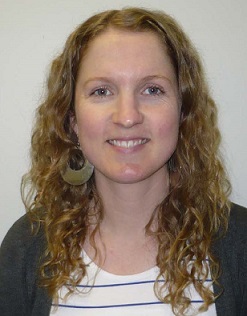Drugs are people substitutes, people are drug substitutes¹
As a counsellor I prefer the term “drug use” rather than “addiction.” For many, addiction implies “bad behaviour” and can foster stigma and disempowerment for drug using individuals. One of the main characteristics of counselling is acceptance without judgment, especially when talking about sex with drugs. People use drugs for a reason, often to meet unfulfilled needs. Crystal meth was the most used illicit drug in the gay community during the 90s and early 2000s. While I am not an addictions specialist, about half of the gay men I see for therapy have current or past history of crystal meth problems. A common reason for gay men to use crystal meth relates to social and sexual inhibition and lack of connection to people.
Aspects of gay male subculture are dominated by sex. Within any medium size community, gay men can find sex within 10 minutes via phone apps. While such “hook-ups” frequently result in sexual release, they often do not meet their emotional needs. Many gay men struggle and cope with feelings of being different, or may have experienced various forms of abuse, and therefore question if they are lovable. Crystal may temporarily help users feel free of judgment, facilitate emotional connection with others and provide great pleasure with sexual partners.Crystal can also partially fulfill one’s sexual needs or fantasies, (i.e. engaging in “pig sex”), that otherwise might never be explored due to internal and/or external inhibitions. With reflection and support, these men often identify their desire for connectedness as the most important aspect of being high. Many report that without crystal, sex is boring because they are inhibited and cannot emotionally connect.
Crystal meth is not the problem but the symptom: the symptom of being unable to be free and spontaneous and therefore cannot connect with others. Thus, the primary goal of therapy is not to stop crystal use, but rather to assist the person in acquiring the skills needed to have uninhibited, drug-free and meaningful sex while feeling more connected with partners. This approach may require the therapist to be sexually open and sensitive to these topics in order to assist gay men to more intimately explore their sexual feelings and needs. As counsellors we need to lay the foundations of a nurturing therapeutic relationship that refrains from labels and judgments that disempower a person. It seems with gay men and crystal use that, truly “drugs are people substitutes,” and with support, ideally “people can become drug substitutes.”
Author: Bill Coleman, counsellor
Biography: Most of Bill’s career has been working with criminals, primarily sexual criminals. He also works in the area of sexual health. Much of his work here has been with gay men at BC Centre for Disease Control, and many years in private practice. He has also written for the LGBT newspaper, Xtra, on gay men and health. www.bcoleman.ca
¹ (Blachly, 1970) Seduction: A Conceptual Model in the Drug Dependencies and Other Contagious Ills, Paul H. Blachly, M.D., 1970, Charles C. Thomas, Springfield, Illinois.
**Please note that the material presented here does not necessarily imply endorsement or agreement by individuals at the Centre for Addictions Research of BC



